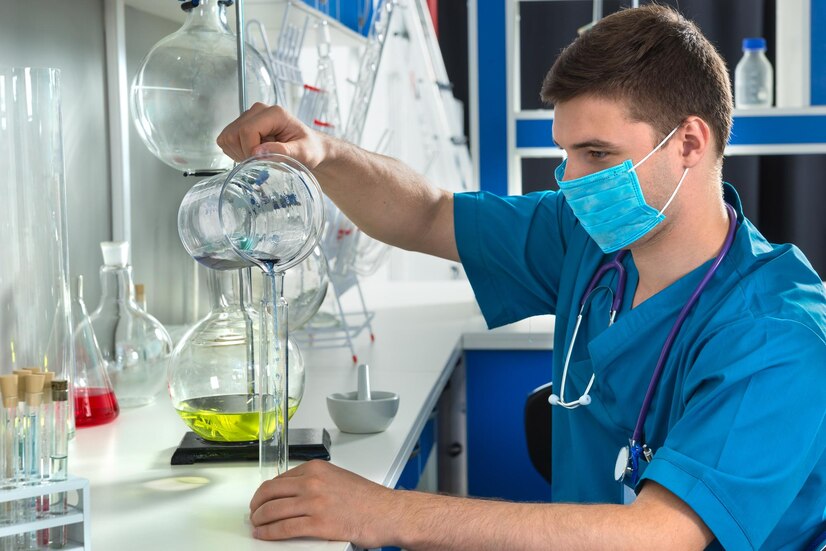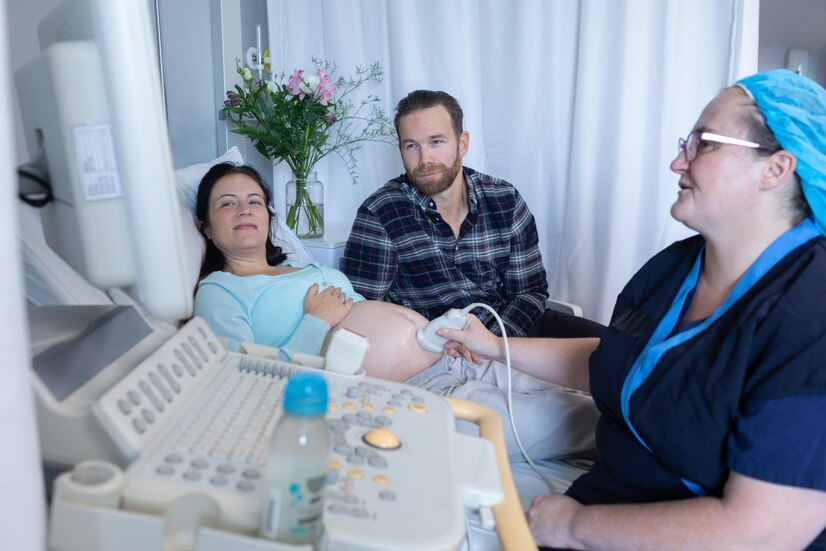
Waterfall medical procedure is a typical system that can essentially further develop vision and personal satisfaction for people experiencing waterfalls. While the medical procedure itself is moderately speedy and protected, appropriate recuperation is fundamental to guarantee ideal results. Understanding what’s in store during the recuperation time frame and following a few fundamental tips can assist you with exploring this stage without a hitch. In this article, we will talk about different parts of waterfall medical procedure recuperation, including readiness before medical procedure, what occurs during the strategy, and point by point tips for post-employable consideration.
Grasping Waterfall Medical procedure
Waterfalls happen when the focal point of the eye becomes shady, prompting foggy vision and trouble seeing obviously. Waterfall medical procedure includes eliminating the shady focal point and supplanting it with an unmistakable counterfeit focal point called an intraocular focal point (IOL). This short term technique is commonly performed under neighborhood sedation and frequently takes under an hour to finish.

Getting ready for Waterfall Medical procedure
Prior to going through waterfall medical procedure, your ophthalmologist will lead a careful eye assessment to survey the degree of your waterfalls and decide the best course of therapy. It’s fundamental to adhere to any pre-employable directions given by your primary care physician, which might include:
- Medication Adjustments: Your primary care physician might encourage you to briefly quit taking specific meds that could expand the gamble of draining during a medical procedure.
- Fasting: You might have to cease from eating or drinking for a particular period before the medical procedure, normally beginning 12 PM the prior night.
- Arranging Transportation: Since you’ll probably have hazy vision following a medical procedure, sort out for somebody to drive you home after the methodology.
- Discussing IOL Options: Your primary care physician will examine the sorts of intraocular focal points accessible and assist you with picking the one that best suits your requirements and way of life.
What’s in store During Waterfall Medical procedure
During waterfall medical procedure, which is generally performed on each eye in turn assuming the two eyes require therapy, you will be conscious yet won’t feel torment. The means engaged with the methodology include:
- Anesthesia: Your eye will be desensitized with nearby sedation, normally as eye drops or an infusion around the eye.
- Incision: A little cut is made in the eye to get to the blurred focal point.
- Lens Removal: Utilizing ultrasound energy, the shady focal point (waterfall) is separated and taken out from the eye.
- IOL Placement: When the waterfall is eliminated, a counterfeit intraocular focal point (IOL) is embedded to supplant the regular focal point.
- Closing the Incision: The cut is normally self-fixing and may not need fastens.

Prompt Post-Usable Consideration
Following waterfall medical procedure, you will invest some energy in a recuperation region where your eye will be observed for any complexities. You might insight:
- Foggy Vision: Your vision might be hazy at first, and your eye might be delicate to light.
- Gentle Discomfort: A few patients report gentle distress or tingling in the eye, which can as a rule be dealt with recommended eye drops.répliques de montres,best replica watches,Fake Watches.
- Shielding: Your eye might be covered with a defensive safeguard to forestall unplanned scouring or strain on the eye.
Waterfall Medical procedure Recuperation Tips
The recuperation time frame after waterfall medical procedure is essential for guaranteeing appropriate mending and amplifying the advantages of the technique. Here are a few hints to work with a smooth recuperation:
- Follow Specialist’s Instructions: Your primary care physician will give explicit guidelines with respect to the utilization of eye drops, meds, and exercises to keep away from. Adhere to these guidelines steadily to advance recuperating and decrease the gamble of confusions.
- Wearing Eye Protection: Utilize the defensive safeguard or glasses given by your primary care physician to forestall inadvertent injury to the eye during the underlying recuperating stage.
- Avoid Scouring Your Eye: Abstain from scouring or pushing on your eye, as this can oust the IOL or increment the gamble of contamination.
- Limit Actual Activity: Stay away from demanding exercises, truly difficult work, and twisting around following a medical procedure to forestall stress on your eyes.
- Attend Follow-Up Appointments: Go to all planned subsequent meetings with your ophthalmologist to screen your recuperating progress and address any worries.
- Protect Your Eyes from Splendid Light: Wear shades when outside to safeguard your eyes from UV light, which can be particularly delicate during the beginning phases of recuperation.
- Maintain Hygiene: Keep your hands and face clean to lessen the gamble of bringing microbes at you.
- Stay Hydrated: Drink a lot of liquids to remain hydrated, which can advance generally speaking recuperating.

Long haul Recuperation and Results
Most patients experience further developed vision inside a couple of days to weeks after waterfall medical procedure. In any case, it might require an investment for your vision to balance out totally and for you to adjust to the new intraocular focal point. Encountering a few minor variances in vision or see radiances around lights during the underlying weeks is typical.
Your ophthalmologist will plan intermittent check-ups to screen your advancement and guarantee that your eyes are mending appropriately. Assuming you notice any unexpected changes in your vision, like expanded agony, redness, or abrupt loss of vision, contact your PCP right away, as these could show confusions that require brief consideration.
Conclusion
Waterfall medical procedure is a profoundly effective system that can essentially work on your vision and personal satisfaction. By following these recuperation tips and working intimately with your ophthalmologist, you can advance mending, limit inconvenience, and accomplish the most ideal results from your medical procedure. Recall that every individual’s recuperation experience might shift, so it’s fundamental to discuss transparently with your PCP and address any worries you might have during the recuperation cycle. With legitimate consideration and persistence, you can anticipate more clear vision and a more promising time to come after waterfall medical procedure.

